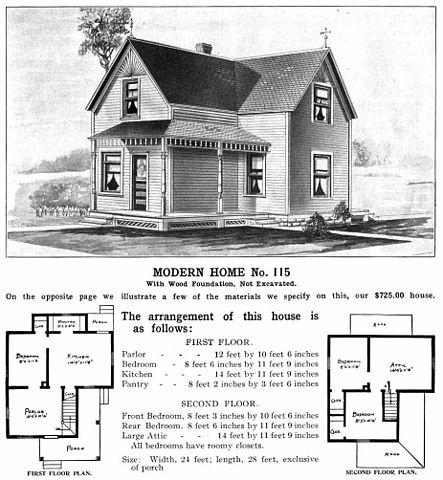Richard Sears, a master of the one-line slogan, dubbed the 1894 edition of his Sears Catalogue the Book of Bargains: A Money Saver for Everyone. A more apt description for the Internet as a buying engine cannot be found. Fulfillment engines, available to businesses of all sizes, level the playing field in our new economy.
The economy, always a living and morphing organism, has historically teetered between monopolies and innovative upstarts. The battle between old and new tactics within the framework of Internet-based sales is ongoing and bloody. Companies that deny market changes die, starved of revenue by smaller, more agile competitors. Dennis Elenburg's bookWho Says Elephants Can't Dance tells a story of a successful campaign by a behemoth (IBM) to stave off innovative competition.
The key component of this change model is the fulfillment engine, which manages and distributes orders and production across a fulfillment network. Small entities may leverage this ubiquitous infrastructure to emulate large companies. Current iterations of this business tool allow SMBs to play in much larger arenas and compete toe to toe with companies previously out of their league. Employing strategic components ranging from direct-to-consumer fulfillment to full-blown logistics solutions in a performance-based environment, the small business owner holds a strong hand and can compete without the continuing overhead or buildout costs of a warehouse and logistics framework.
Sears pioneered new shopping models in the 19th century. The advent of a newly implemented delivery model (railroads) combined with a standardized delivery cost (one cent per pound for shipping) allowed the retailer to enter markets previously only available to local retailers. Recognizing the tools made available by a seminal change in infrastructure, Sears capitalized on an opportunity, captured marketshare, and lowered its costs with centralized warehouse and sales facilities.
SMBs may follow in the footsteps of Sears, working within their given market niche and using openly available resources. Everyone has heard of Amazon, which offers fulfillment services from sales to delivery for a fee. Other companies, such as Innotrac, also offer a range of fulfillment services.
Leveraging a common fulfillment base in conjunction with a bevy of front-end sales options allows the SMB to sell into a wide range of client-specific arenas. Niche markets (online communities) organize like cloud formations over the plains, quickly and sometimes violently. In other words, they go viral.
Online marketing tools in the form of social networks are dynamically changing to meet client needs, not the needs of the sales arm. Continued diligence and engagement by the SMB owner with these dynamic communities truly levels the playing field against the larger, better-funded brands. User-generated content (online reviews) greatly outweighs the canned messages from larger, more established competitors.
Is your small enterprise thinking outside the box? The box in question is your perception of your boundaries. As business owners, we are traditionally given perception-based boundaries (largely concerning physical parameters) and told to work within them. In the new business world, made much larger by our digital footprint, new markets are available -- if we only address them.
Use the new tools at hand. Open new markets. Make new sales, and hire more people. Economic recovery is at hand if we only grasp it, one sale at a time.


No comments:
Post a Comment